We’ll increase conversions by
20-100+%
on your website.
Get a FREE Audit today
See how we can help your business increase conversion rates
Understanding The Customer Lifecycle And Its Impact On Conversion Rates
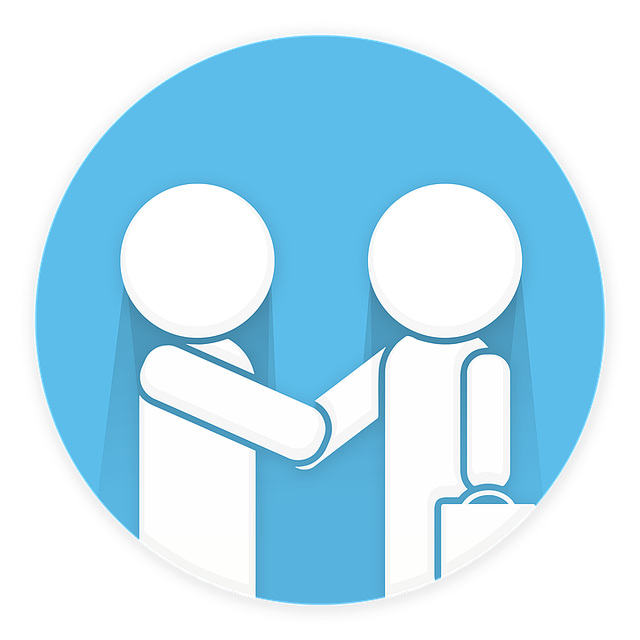
Introduction
Are you struggling to convert potential customers into loyal ones? Are you unsure of where you’re losing potential clients in the sales process? Understanding the customer lifecycle is key to increasing conversion rates and maximizing revenue potential for each client. In this blog post, we’ll dive deep into what the customer lifecycle is and its impact on business success.
We’ll also discuss how mapping out the customer journey can help increase conversion rates at each stage. So buckle up and let’s explore how mastering the customer lifecycle could transform your business!
What Is The Customer Lifecycle?
The customer lifecycle is a model that describes the journey customers go through from discovering your brand to becoming loyal, repeat customers.
The 5 Stages Of The Customer Lifecycle

The customer lifecycle is a model that outlines the various stages of a customer’s interaction with a business. It consists of five stages: reach, acquisition, conversion, retention, and loyalty. At the reach acquisition stage first, businesses aim to make potential customers aware of their products or services as they try to get their attention.
Once organizations have captured the potential customer’s attention in the reach stage and convinced them to inquire further about their product or service offering in the acquisition phase, it then enters its second stage.
The next stage is conversion where businesses now focus on the ongoing relationship by ensuring prospects take specific actions such as making purchases from them or investing in their offerings; this step could be seen as one of the most crucial metrics for measuring marketing effectiveness.
Understanding these stages is essential because each has its unique strategies and tactics that can determine whether prospective buyers convert into paying customers. By analyzing metrics at different stages like website visits (reach), inquiries made by clients (acquisition), sales revenue generated (conversion), repeat customer purchase frequency over time(retention) or customers engaged with brand post-purchase through referrals and promotion-loyalty program participation(loyalty), companies will know when adjustments are necessary to optimize conversion rates effectively.
The Goal Of Maximizing Revenue Potential For Each Client
The customer lifecycle is a process that aims to maximize revenue potential for each client who makes a purchase on their website. This customer lifecycle refers involves managing the various stages of the customer journey, from initial awareness to post-purchase retention and loyalty. By understanding each stage of the customer lifecycle and tailoring marketing efforts accordingly, businesses can improve conversion rates and ultimately increase their revenue.
Attracting new customers is just one aspect of maximizing revenue potential – retaining existing customers is equally important. By providing exceptional customer service and implementing loyalty programs, businesses can encourage repeat business and strengthen relationships with loyal customers.
In fact, increasing customer retention rates by even 5% can result in an increase in revenue ranging from 25-95%. It’s clear that focusing on customer relationship management all stages of the customer lifecycle has significant benefits for businesses looking to optimize their sales funnel and achieve long-term success.
Importance Of Conversion In The Customer Lifecycle
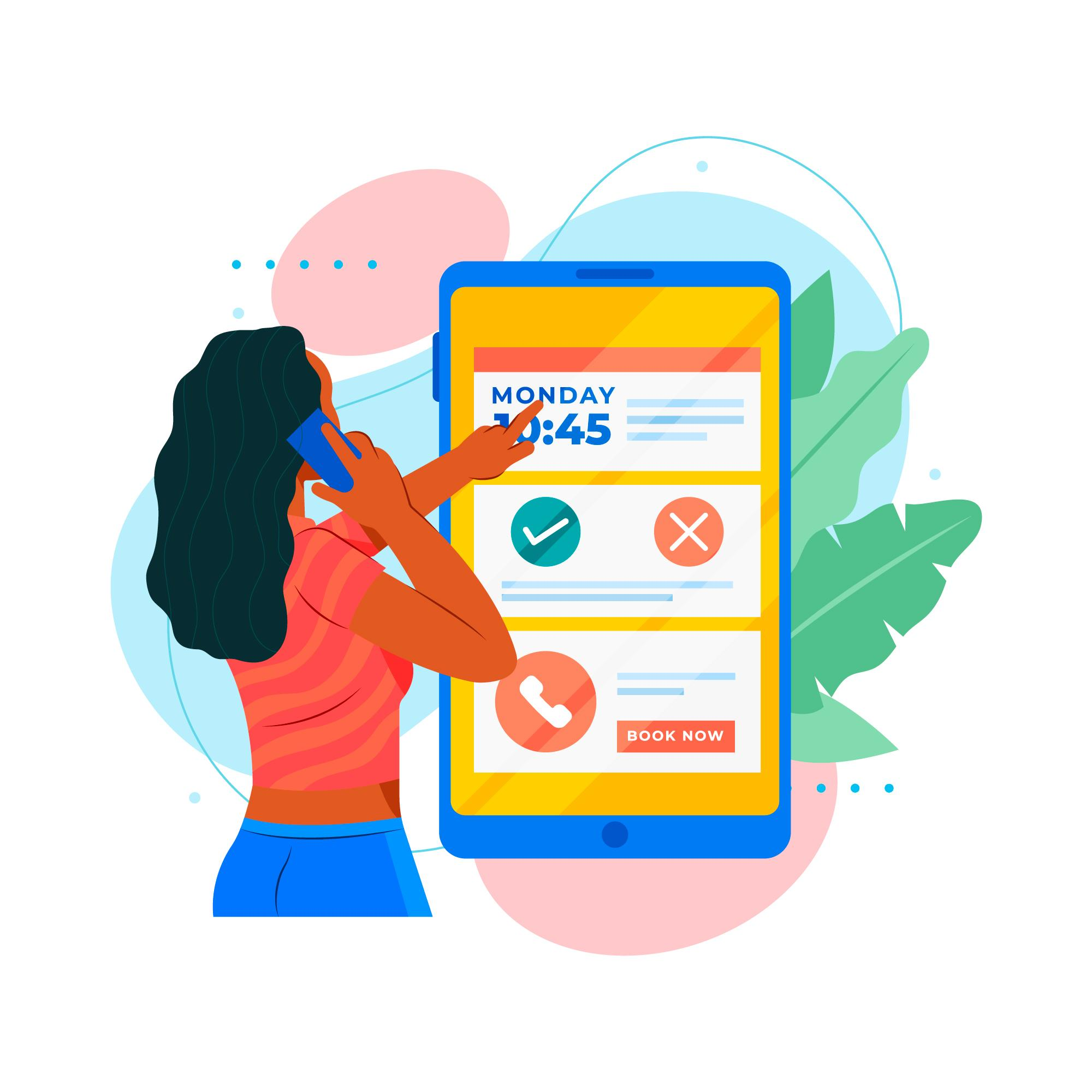
Defining conversion as the ultimate goal of any business, it’s crucial to understand how it impacts the customer lifecycle. With data-driven marketing strategies for conversion optimization, you can improve your bottom line significantly. Keep reading to learn more about maximizing conversion rates at each stage of the customer lifecycle!
Defining Conversion And Its Impact On Business Success
Conversion is a crucial element of the customer lifecycle, as it occurs when a prospect becomes a paying customer. It involves taking desired actions such as making a purchase or signing up for services. The impact of the conversion on business success cannot be overstated, as it leads to increased revenue and builds brand loyalty among customers.
Effective data-driven marketing strategies can help businesses optimize their conversion rates. By analyzing customer behavior and motivations at each stage of the customer lifecycle analysis well, marketers can identify pain points in the customer journey and tailor their approach accordingly.
Understanding conversion is essential for businesses looking to enhance their bottom line while building long-term relationships with valuable customers throughout their purchasing process.
Utilizing Data-driven Marketing Strategies For Conversion Optimization
Data-driven marketing strategies play a crucial role in optimizing conversion rates. By analyzing consumer data, businesses can gain valuable insights into customer behavior and preferences, which they can then use to tailor their advertising messages and campaigns for better results. For example, using A/B testing methods on landing pages or email campaigns allows companies to determine the most effective copy, images, call-to-actions, and more.
Furthermore, analytics tools can track user behavior throughout the sales funnel to identify areas where optimizations are needed. This information can be used to adjust website navigation paths and improve checkout processes for increased conversions. Ultimately, utilizing data-driven strategies is key for businesses looking to stay competitive in a crowded online marketplace with increasingly savvy consumers.
In conclusion, leveraging user data gathered via targeted marketing efforts is vital when it comes to improving conversion rates. It allows companies not only to understand and adapt their messaging but also provides insight into what drives customers’ decisions throughout the customer lifecycle stages.
When coupled with optimization tactics such as A/B testing or adjusting site layouts based on behavioral data analysis- these insights lead directly towards achieving superior business performance metrics that translate directly into higher ROI (return on investment) at each stage of a customer’s journey from awareness through retention!
Understanding The Customer Journey: Mapping And Analysis
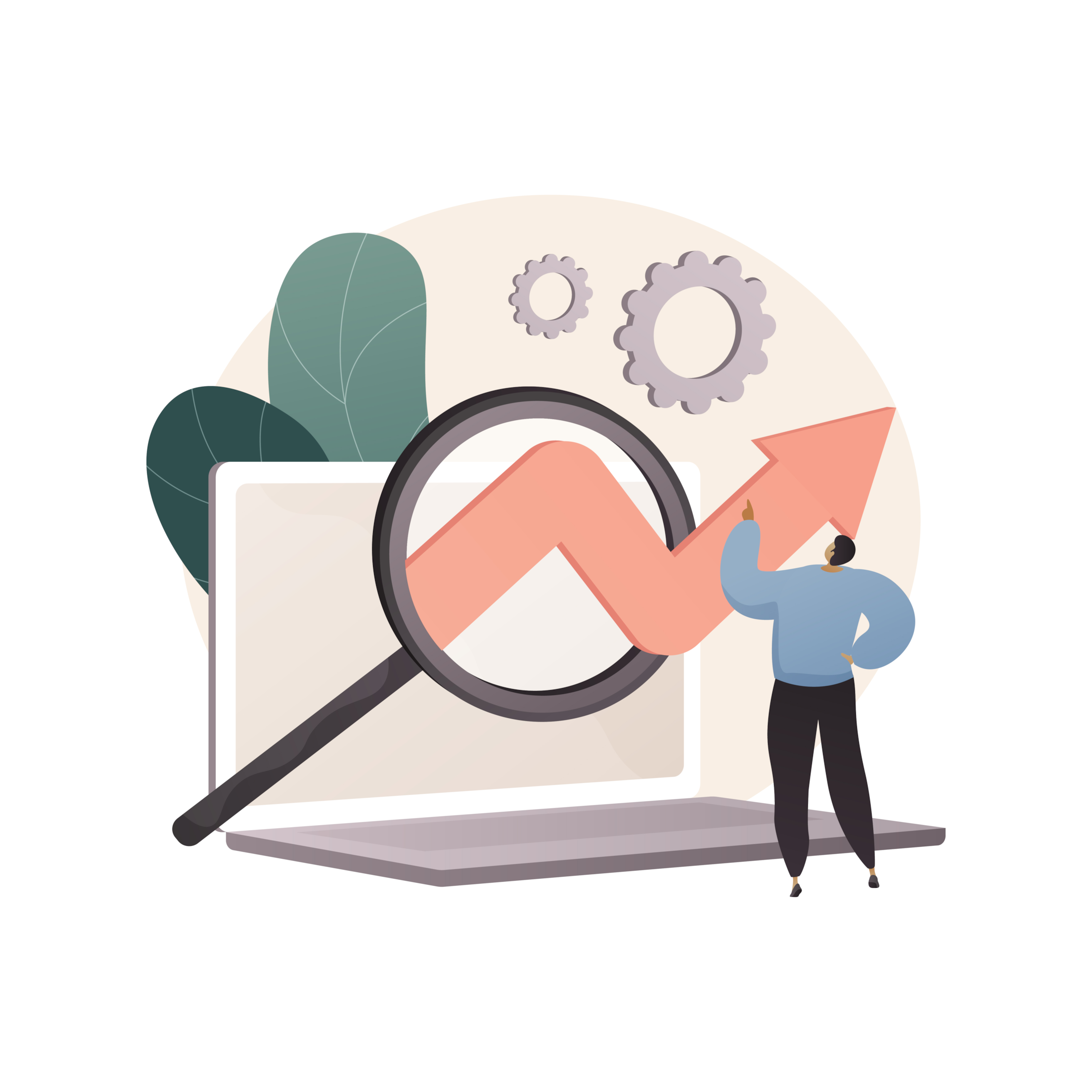
Mapping out the customer journey is critical to analyzing their behavior, identifying their motivations and challenges, determining factors that influence their decisions, and measuring metrics to optimize conversion rates at each stage of the customer lifecycle.
Benefits Of Customer Lifecycle Management
Customer journey mapping is an essential tool for businesses looking to improve their marketing strategies and conversion rates. By visualizing the customer’s experience with a brand, companies can identify areas where the customer may encounter challenges or positive experiences.
With a clear understanding of the customer journey map, marketers can tweak their strategy to deliver relevant content and experiences at each stage of the customer lifecycle management, to engage customers effectively. Utilizing these insights could create loyal customers that stay with them longer, add more value over time, provide referrals, and even become an advocate for building brand loyalty.
Overall, by creating a successful customer journey map based on valuable data metrics and metrics-driven marketing optimization techniques, businesses are likely to improve sales funnel efficiencies by streamlining existing customer acquisition stages successfully leading into increases in repeat business from highly satisfied customers.
Identifying Customer Motivations And Challenges
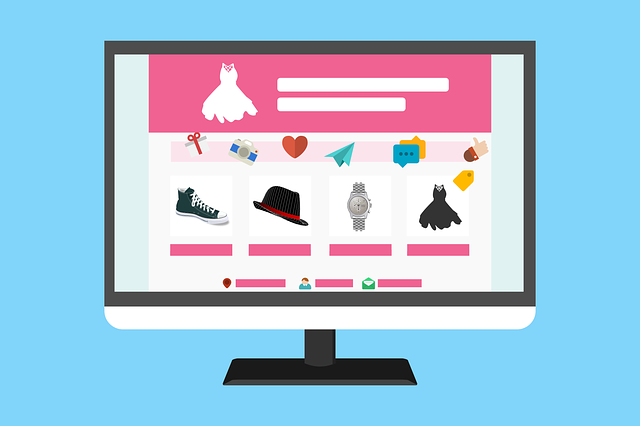
To maximize conversion rates, it’s crucial to understand what motivates customers and the challenges they may face in each stage of the customer lifecycle. By identifying these factors, businesses can tailor their marketing strategies accordingly. Customer journey mapping is an effective way to identify motivations and challenges as it allows businesses to gain a better understanding of their target audience by putting themselves in the shoes of their customers.
In addition to understanding the prospective customer’s motivations and pain points, businesses should also consider external factors that may influence customer decisions. This includes market trends, competition, pricing strategy, and social media platforms used by the target audience, among others.
By taking all these factors into account when creating marketing strategies for each stage of the customer lifecycle – awareness, consideration, decision-making and retention- businesses are better equipped to convert prospects into loyal customers while increasing overall revenue potential per client.
Factors Influencing Customer Decisions
Customers can be influenced by several factors when making a decision to purchase a product or service. These factors include personal preferences, budget, quality assurance, and company reputation. For instance, customers often prioritize products that meet their specific needs and requirements while still being affordable. Quality assurance is also important as it assures customers of the durability and functionality of the product they intend to buy.
Furthermore, customer decisions are also influenced by brand reputation as well as online reviews from other customers who have previously used the product or service. Positive reviews boost trust in the brand while negative ones may deter potential buyers from purchasing from the same brand. Companies need to monitor their online presence and customer feedback very closely to ensure potential customers see positive content about their products or services.
By understanding these factors influencing customer decisions, companies can develop an effective marketing strategy that caters to customer satisfaction while still maximizing revenue generation at each stage of the customer lifecycle.
Analyzing Customer Behavior: Tracking And Measuring Metrics
Measuring customer behavior is a critical aspect of understanding the customer lifecycle and optimizing conversion rates. Marketers must collect data on metrics such as website traffic, bounce rates, click-through rates, and conversions to analyze how customers interact with their brand. These insights help businesses identify what works for their audience, determine which channels are driving results, and adjust strategies accordingly.
To track customer behavior effectively, marketers can use various tools such as Google Analytics or social media analytics to monitor website activity, engagement levels on social media platforms, and email open and click-through rates. Assigning metrics helps quantify progress milestones for both user and company goals.
By analyzing these metrics consistently over time or comparing them against competitors’ benchmarks or tracking trends year-over-year in different marketing campaigns can provide valuable data-driven insights needed for making informed business decisions.
Maximizing Conversion Rates At Each Stage Of The Customer Lifecycle

In this section, we’ll explore how to maximize conversion rates at each stage of the customer lifecycle, including utilizing content marketing and retargeting during consideration, encouraging social proof and offering incentives at the decision, and providing exceptional customer service and loyalty programs for retention. Don’t miss out on these valuable tips to help increase customer lifetime value and your business’s revenue potential!
Awareness Stage: Utilizing Content Marketing And SEO
The awareness stage is the first step in the customer lifecycle, where potential customers become aware of your brand and offerings. To maximize conversion rates at this stage of customer lifetime too, businesses can utilize content marketing and SEO strategies that provide valuable information to potential customers.
By creating relevant and engaging content tailored to a target audience’s needs and preferences, businesses can attract potential customers’ attention while also establishing expertise in their niche.
Search engine optimization (SEO) is another vital tool in maximizing conversion rates during the awareness stage. By optimizing website design and content for search engines with keywords related to your industry or product, businesses can improve visibility and increase traffic from interested users.
Performing keyword research and analyzing relevant search trends are effective ways to identify high-traffic terms that will drive organic traffic toward your site during this crucial phase of customer acquisition.
Consideration Stage: Leveraging Email Marketing And Retargeting
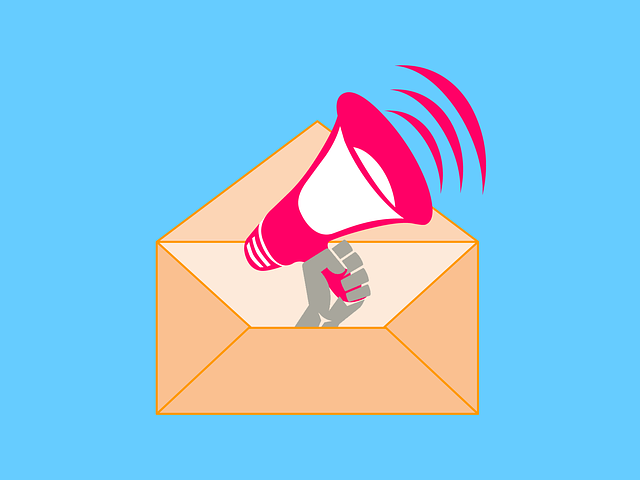
During the consideration and purchase stage, potential customers are evaluating different solutions to their problem. Leveraging email marketing and retargeting can be a powerful way to stay top-of-mind with these individuals. Email marketing allows businesses to deliver relevant content directly to potential customers’ inboxes, helping them make an informed decision about whether or not your product or service is right for them.
Retargeting takes this a step further by displaying ads on social media platforms and other websites that have been visited by the potential customer, increasing the likelihood of conversion.
Implementing email marketing and retargeting strategies during the consideration stage requires a deep understanding of customer behavior and motivations. By analyzing data such as click-through rates and engagement metrics, businesses can fine-tune their campaigns for optimal results.
Additionally, providing valuable content through these channels can build trust with potential customers, ultimately leading to higher conversion rates at this crucial stage in the customer lifecycle.
Decision Stage: Encouraging Social Proof And Offering Incentives
In the decision stage of the customer lifecycle, customers have already shown an interest in a product or service and are considering making a purchase. Encouraging social proof is essential at this stage to help convince potential customers that they are making the right choice. Social proofs such as testimonials, reviews, and case studies can provide valuable information to potential customers about other people’s experiences with your brand.
Offering incentives is another effective way to encourage conversion at this stage. Incentives like discounts, free trials, or limited-time offers can create a sense of urgency and give customers an extra push toward making a purchase.
It’s crucial to ensure that these incentives align with your brand values and don’t devalue your products or services in the eyes of potential customers. By offering relevant incentives while leveraging social proof, businesses can maximize their chances of converting potential customers into paying ones.
Retention Stage: Providing Exceptional Customer Service And Loyalty Programs
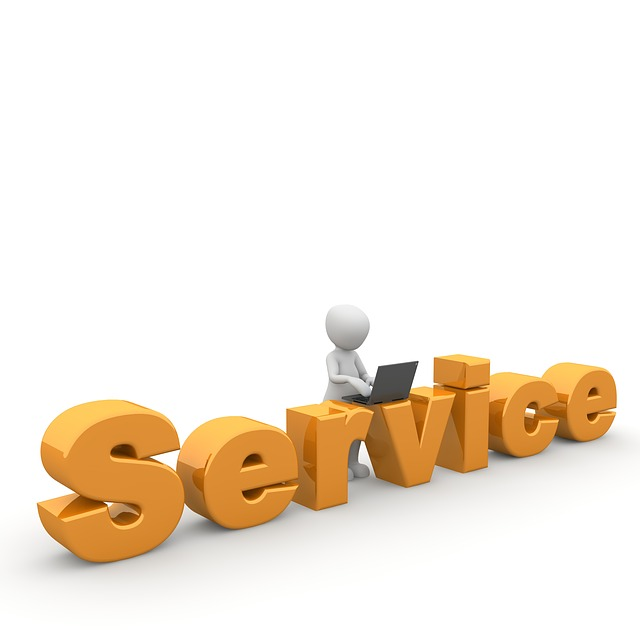
The retention stage is a critical part of the customer lifecycle as it involves building long-lasting relationships with your customers. Providing exceptional customer service and loyalty programs can help you retain current customers and encourage them to make repeat purchases. By prioritizing customer relationships at this stage, you can increase conversion rates and expand your loyal customer base.
To achieve success in the retention phase of customer relationships, businesses must offer ongoing support, and address any concerns or issues quickly while also delivering value. Loyalty programs like points systems and exclusive access to deals or discounts provide incentives for existing customers to continue doing business with you.
A study by Bain & Company found that increasing customer retention rates by 5% increases profits anywhere from 25-95%. Therefore, investing time into retaining a satisfied client should always be considered an essential aspect of running a successful business.
Measuring And Optimizing Conversion Rates
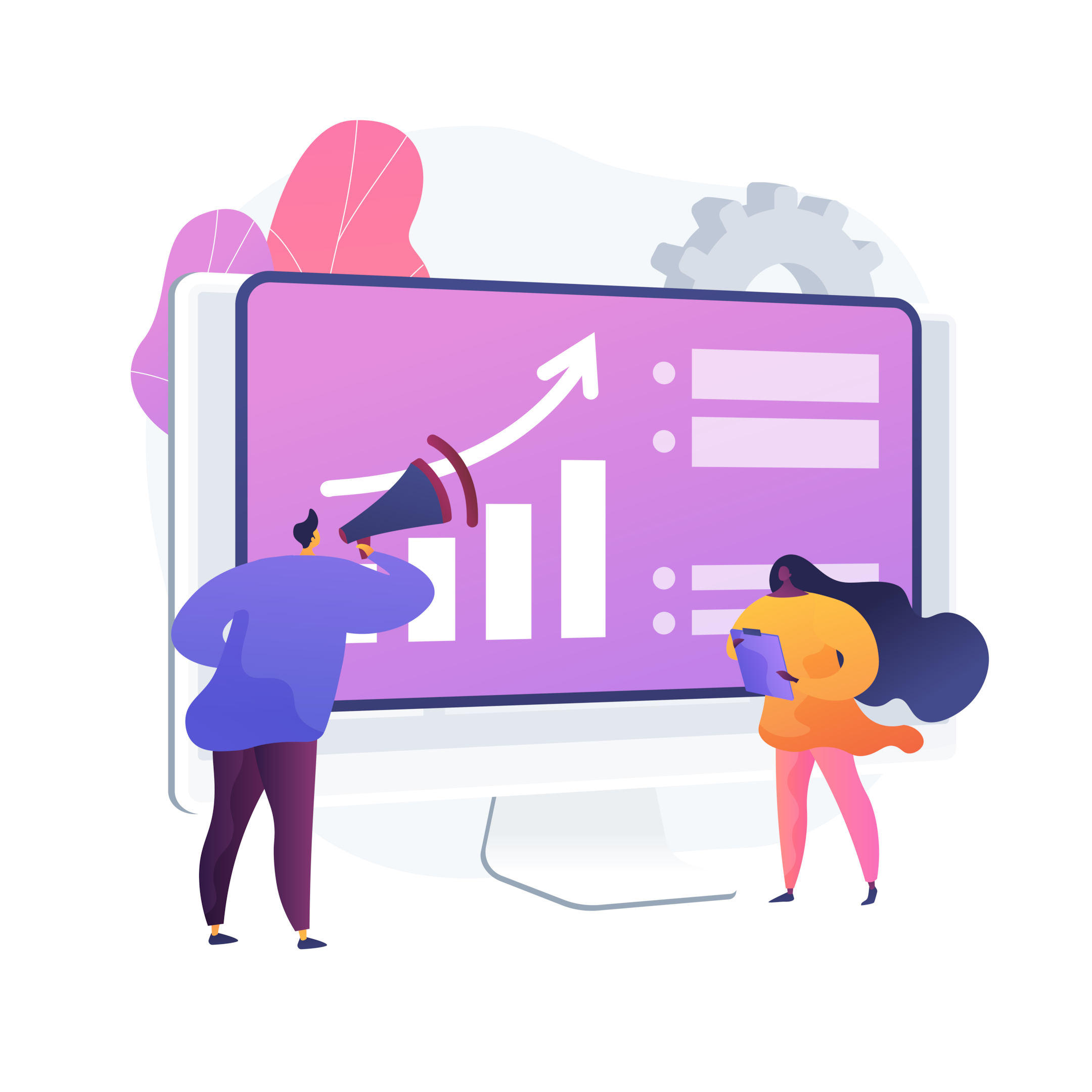
In order to improve conversion rates at each stage of the customer lifecycle, marketers must measure and track metrics such as click-through rates, bounce rates, and conversion rates, while also utilizing A/B testing and other optimization techniques to continually improve the effectiveness of their marketing strategies.
Metrics For Measuring Conversion Rates
Measuring conversion rates is vital for tracking the success of a business’s marketing efforts. Some commonly used metrics include click-through rate (CTR), bounce rate, and cost per acquisition (CPA). CTR measures how many users clicked on an ad or email link compared to the number of impressions it received. The bounce rate indicates how many users left a website after viewing only one page. Finally, CPA tracks the cost of acquiring a new customer compared to revenue generated from that customer.
It’s essential to assign specific metrics for each stage of the customer lifecycle to measure conversion rates effectively. For example, in the awareness stage, businesses can track organic search engine rankings and social media engagement levels. In contrast, they may use email sign-ups as a metric for measuring conversions in the consideration stage.
By regularly analyzing these metrics over time and implementing optimization techniques such as A/B testing, businesses can improve their overall conversion rates and maximize revenue potential at each customer lifecycle stage.
A/B Testing And Other Optimization Techniques
A/B testing is a critical component of any successful conversion rate optimization (CRO) strategy. By comparing two variations of a website or landing page, businesses can gather data on user behavior and make informed decisions about how to improve their online customer experience further. Other optimization techniques include using heat maps to identify where users are clicking, performing user testing to get qualitative feedback, and implementing personalization for returning visitors.
One area where A/B testing and other optimization techniques can have a significant impact is e-commerce. By leveraging these tools, companies can increase click-through rates, conversions, and customer loyalty. For example, optimizing product pages by adding high-quality photos or improving the checkout process can significantly increase the likelihood that customers will complete their purchase.
It’s important to note that while A/B testing and other optimization techniques require time and resources initially, they ultimately lead to improved ROI over time by increasing revenue potential from each client in the customer lifecycle. For those that don’t have the time, Convertica offers A/B testing and conversion rate optimizing consulting.
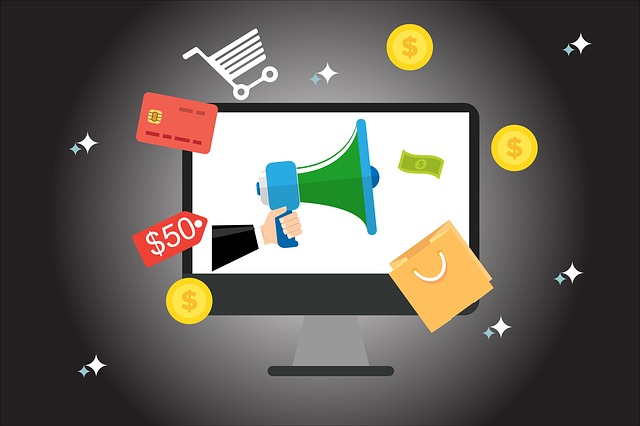
Conclusion
Understanding the customer lifecycle is crucial in maximizing revenue potential for your business. By using customer lifecycle software mapping and analyzing each stage, you can identify areas where you need to improve your conversion rates.
With data-driven marketing strategies, including content marketing, email marketing, retargeting, and exceptional customer service, you can turn prospective customers into loyal ones. By measuring and optimizing conversion rates through A/B testing and other techniques, you can effectively attract customers retain valuable customers, and increase their lifetime value. So get ready to embark on a journey toward success by utilizing the customer lifecycle management process!








